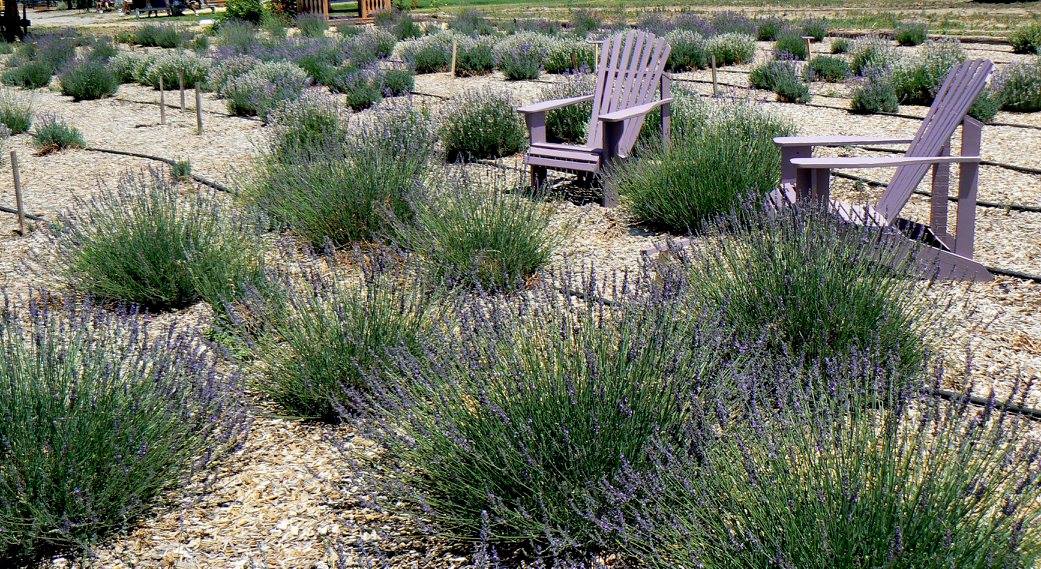
- info@coloradolavender.org
Your Cart
100% Secure Checkout!
No products in the cart.

TIP 1: Lavender needs full sun; a minimum of 6 to 8 hours.
TIP 2: Lavender does not like “wet” feet, so give it a good soak and then let the plant go dry. If your soil is heavy and slow to drain, create a hospitable place for lavenders by amending your beds with plenty of organic matter. Compost will promote soil aeration and help keep the plants from succumbing to root rot. Growing them in fast-draining raised beds is another workable option.
TIP 3: Plant spacing for English lavender (L. angustafolia) is 30” spacing and for Lavandins (L. x intermedia) it is 36” between plantings.
TIP 4: Lavender likes pH between 6.5 or 7.0. If you have low pH add dolomite lime and organic compost.
TIP 5: To maintain nice tight mound and prevent woody growth, prune regularly. Year one of planting lavender, remove any new flowers and give your lavender plant a good “haircut”, using your pruning shears cut 2” inches above soft wood in a mound type shape. This will promote growth and begin to develop your desired shape. By year two your lavender will double in size. When flowers bloom, harvest your stems. By year three it will be even larger, continue to harvest stems during bloom. Pruning a lavender to the point where it has no foliage will most likely kill it, so prune back only in small increments. In spring, cut the foliage back by one third to stimulate new growth. Then, after the new foliage has grown in, cut that back by one third to stimulate new growth at the base of the plant. If new growth does break at the base of the plant, prune the plant back to just above the new growth. Never prune out old wood unless it is completely dead. During the cooler seasons, limit your pruning to the removal of spent blossoms and dead branches and avoid cutting into live woody stems. Cutting back plant material will promote a growth response. This is especially important to remember when it comes to pruning lavender since their new growth is particularly sensitive to cold temperatures. If lavender is prematurely pruned in fall or winter, the pruning stimulates the plant to waste energy as it produces new growth. The result is tender new growth is damaged or killed by frosty temperatures, and the plant loses vigor or may die since its energy reserves are spent.
Tip 6: A lavender’s size and habit determine its use: 1) Smaller-growing, mound-forming English lavenders make great edging plants or can be massed to create a large silvery bank topped with hundreds of short lavender spikes. 2) Low-growing lavenders make good edgers or front-of-the-border plants. 3) Tall-growing lavandins make fine hedging plants. And since their foliage is larger and their flower stalks longer than those of their English lavender cousins, they catch the wind and provide movement in the garden, much the same way ornamental grasses do.